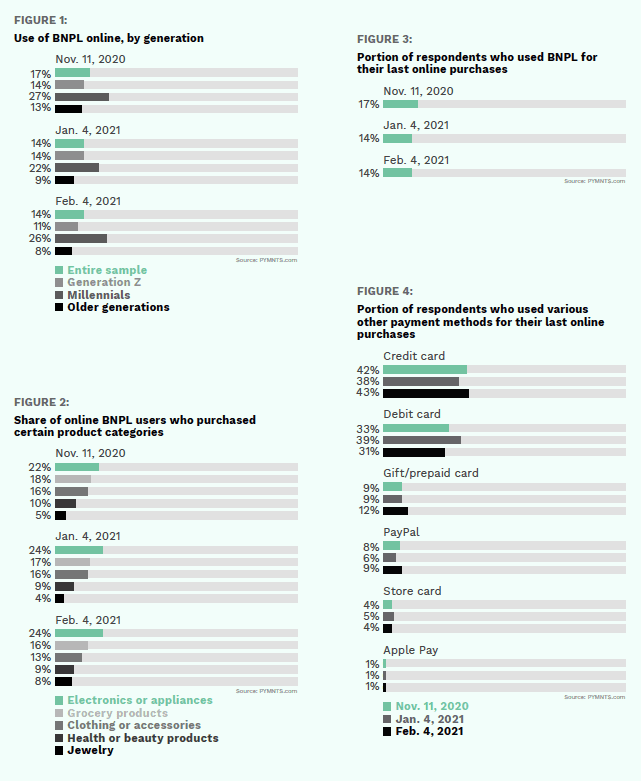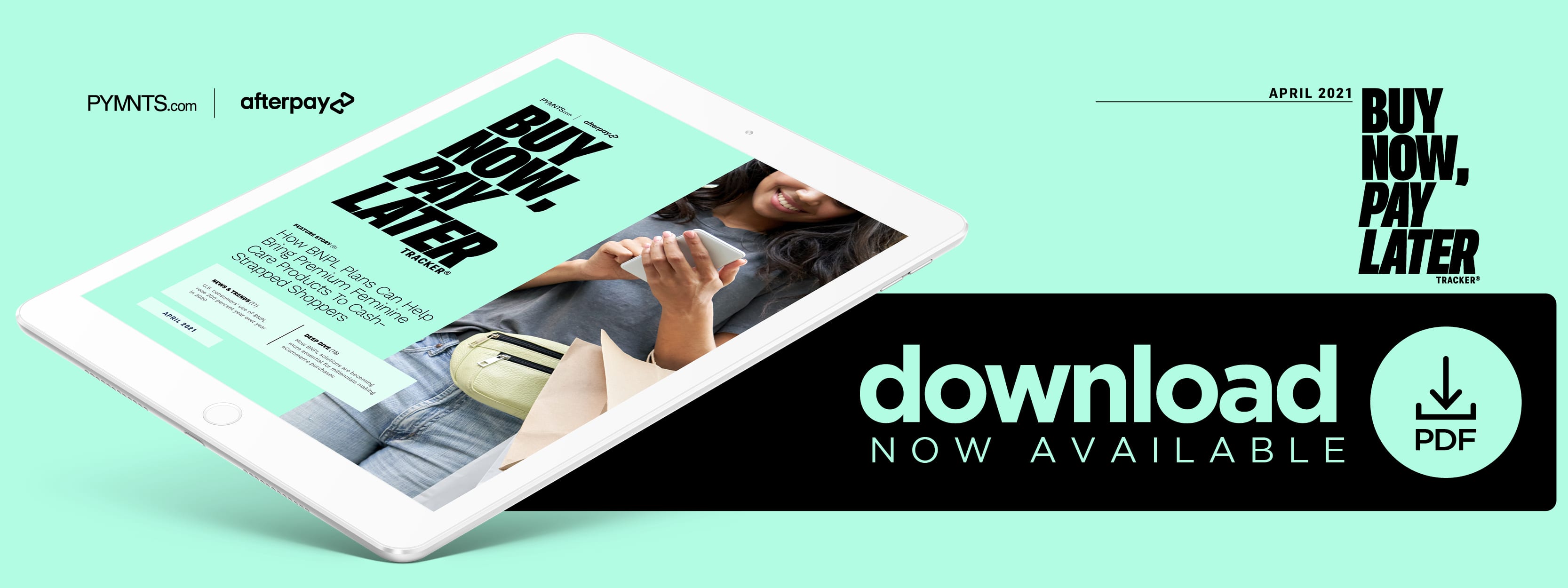Deep Dive: How BNPL Is Building An eCommerce Foothold

Pandemic-driven limitations on in-person shopping, coupled with merchants’ efforts to improve digital services, have pushed more retail commerce to take place digitally. Consumers who have shifted to digital channels and encountered convenient shopping experiences, such as streamlined checkouts and compelling payment options, are more likely to stick with them for the long term. This means consumers are moving away from cash, and could be paying close attention to newer payment options such as card and buy now, pay later (BNPL) transactions. Such scrutiny could lead to shifts regarding which tools are most widely used.
When selecting how to pay for purchases, many eCommerce shoppers are looking not only for convenience, but also for fiscally responsible methods. The impact of the ongoing economic crisis has put more consumers on unstable financial footing, making them wary of taking on too much debt and cautious of hard-to-predict late payment fees. Younger consumers who grew up under the shadow of the Great Recession may even be unable to qualify for traditional credit options, like bank loans and credit cards, and may show less interest in such tools.
The expansion of eCommerce and digital payment options, as well as generational differences in attitudes around credit, could push retail purchasing in new directions. PYMNTS surveyed 2,977 U.S. consumers in early February to assess their interest in, and use of, BNPL to get a sense of the role that installment payments may play in the developing commercial scene.
A Millennial Method
The generational divide is evident in how different consumer demographics choose to pay for their purchases. Younger shoppers have been demonstrating stronger interest in BNPL options than U.S. shoppers as a whole, with 26 percent of millennial respondents using BNPL for their eCommerce purchases — far more than the 14 percent of the overall sample who said the same.
Millennials’ use of the payment option may also be growing. Roughly 4 percent more millennials used BNPL in February than in January, for example. Even more used BNPL in November 2020, when Black Friday and other holiday sales likely encouraged greater spending.
This trend is in marked contrast to patterns exhibited by older generations, who have steadily reduced their BNPL use. Only 8 percent of older shoppers leveraged BNPL in February — down from 9 percent in January and nearly 13 percent in November 2020.
Electronics, Groceries And Fashion
Consumers often turn to BNPL to help finance electronics purchases, which could have high prices that make shoppers particularly eager for options that don’t require paying the full cost all in one go. Twenty-four percent of shoppers who used BNPL online in February tapped the method to pay for electronics, making it the most popular purchasing category.
eCommerce BNPL users also leveraged the tool to purchase groceries online — the second most popular purchasing category. Consumers remained largely consistent from November 2020 to February 2021 about the kinds of items they purchased online using BNPL, with slight variations: 2 percent more shoppers used BNPL for electronics in February than in November, and 2 percent fewer used the method for groceries. BNPL use also declined slightly for clothing and accessories as well as for health and beauty products.
On the other hand, the portion of BNPL customers who used the plans to fund online jewelry spending rose from 5 percent in November 2020 to nearly 8 percent by February, the slight increase possibly reflecting Valentine’s Day purchases.
The Broader Payments Landscape
BNPL is establishing a firm foothold within the U.S., where 14 percent of eCommerce shoppers used the method to finance their most recent purchases. The tool’s popularity also exceeded that of several other transaction methods, including gift cards and prepaid cards, which nearly 12 percent of February respondents used, and store cards, which 4 percent of shoppers used. BNPL methods will nonetheless need to find ways to gain visibility and appeal to wider user bases if they are to compete against U.S. consumers’ ingrained habits of reaching for credit and debit cards. Nearly 43 percent of February respondents used credit cards to finance their most recent online purchases. Debit card use also continued to outpace BNPL use, as the former method was tapped by 31 percent of respondents.

Consumers’ shift toward eCommerce presents an opportunity for convenient digital payment methods to gain ground, and BNPL plans appear to be drawing attention from younger shoppers who are looking to make larger retail purchases while avoiding — or finding themselves unable to qualify for — credit cards. Consumers as a whole have not completely overturned their long-held purchasing habits in favor of newer options, however, and BNPL solutions still share space with credit and debit card networks. BNPL providers will want to decide whether to double down on serving their strongest user base or explore ways to appeal more heavily to older shoppers as well. Retailers may find it important to make both card acceptance and BNPL plans available to please everyone.
